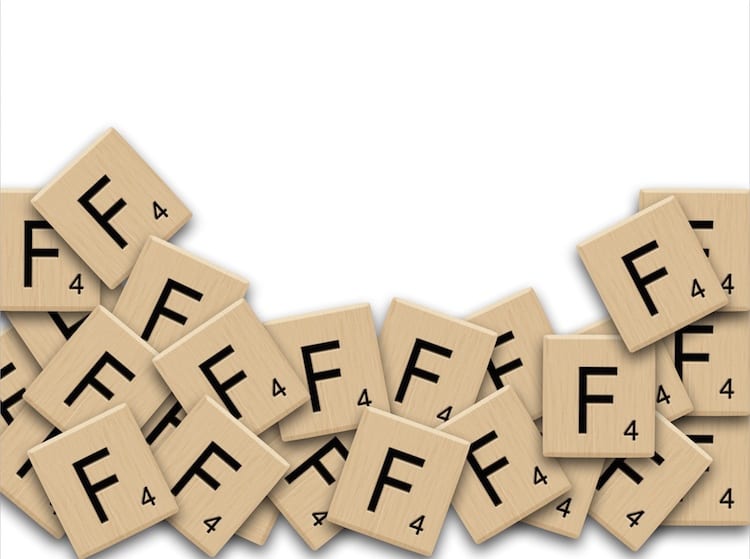Funtabulously Frivolous Friday Five 096
Just when you thought your brain could unwind on a Friday, you realise that it would rather be challenged with some good old fashioned medical trivia FFFF, introducing the Funtabulously Frivolous Friday Five 096
Question 1
Which bones are named after boats?
Reveal the funtabulous answer
The navicular (from the Latin word “navicula”) and the scaphoid (from the Ancient Greek word “skaphe”).
- The scaphoid used to be known as the “hand navicular bone”.
- Each is said to resemble a boat on account of its curved surfaces. However the scaphoid really looks more like a cashew nut.
- The picture below is of an ancient collection of scaphoid bones from a Zoroastrian ossuary in Tajikstan.
Question 2
For what purpose did Dr Alain Bombard recommend fish-squeezers?
Reveal the funtabulous answer
Squeezing fish.
- Alain Bombard was a French physician who tested life raft survival techniques in the 1950s.
- In a sensational experiment in 1952, he crossed the Atlantic in an inflatable dinghy – appropriately named named l’Heretique – surviving for 65 days without a supply of fresh water.
- Bombard demonstrated that humans could survive by drinking seawater (still considered a heretical proposition) supplemented with plankton and fish juice. He later advocated inclusion of fish-squeezers in life raft survival kits.
Question 3
Which maritime disease was the subject of the first ever prospective clinical drug trial?
Reveal the funtabulous answer
Scurvy
In 1747 the Scottish naval surgeon James Lind experimented on 12 scorbutic sailors on HMS Salisbury. From earlier experiments (on nuns) Lind had concluded that the putrefying lesions of scurvy could be cured by the inclusion of dietary acid. He divided the group into 6 treatment arms receiving cider, sulphuric acid, vinegar, seawater, oranges and lemons, and mustard and garlic purges.
“The consequence was that the most sudden and visible good effects were perceived from the use of the oranges and lemons; one of those who had taken them being at the end of six days fit four (sic) duty
James Lind, A Treatise of the Scurvy, 1753
It took fifty years before Lind’s observations were recognised. The Merchant Shipping Act of 1847 required provision of a daily lime ration to British sailors: thus the American slang term “limey”.
- Putrid gums and ‘Dead Men’s Cloaths’: James Lind aboard the Salisbury. Graham Sutton. J R Soc Med. 2003 December; 96(12): 605–608.
Question 4
How did “the boats” kill ancient Persians?
Reveal the funtabulous answer
By a combination of exposure, dehydration and sepsis from pressure sores.
“The boats” or scaphism was an horrific means of public torture and execution, practised in ancient Persia. Victims were stripped naked, and had their bodily orifices liberally rubbed with honey to attract insects. They were then strapped inside two opposing canoes – one upside down on top of the other – with head, arms and feet protruding from customised holes. Then the vessel – now effectively a floating coffin – was launched on a pond. The victim was periodically fed with milk and honey to encourage diarrhoea, and prolong his agonising death.
The modern version of scaphism uses trolleys instead of canoes and is termed “Access Block”.
Question 5
What pharmacological cover did these bushes – in Kingaroy, Queensland – provide for the D-day landings?
Reveal the funtabulous answer
Scopolamine (hyoscine)
In 1944, soldiers preparing for the D-day landings were found to be incapacitated by sea-sickness.
Anti-emetics were secretively evaluated by Dr Brian McArdle of the Medical Research Council, using bouncy hammocks, gastric balloons and vomiting squaddies in flat-bottomed boats. Scopolamine was found to work better than Benadryl (diphenhydramine) and Phenergan (promethazine).
Massive quantities of hyoscine were prepared for the D-day landings from Australian plantations of Duboisia: the plantation in Kingaroy is still used to manufacture hyoscine butylbromide (Buscopan).

FFFF
Funtabulously Frivolous Friday Five
Jo is an emergency medicine specialist based on the Sunshine Coast. He has qualifications in high fidelity simulation, aeromedical retrieval and point of care ultrasound, and a special interest in educational videography | @FlippEM |
